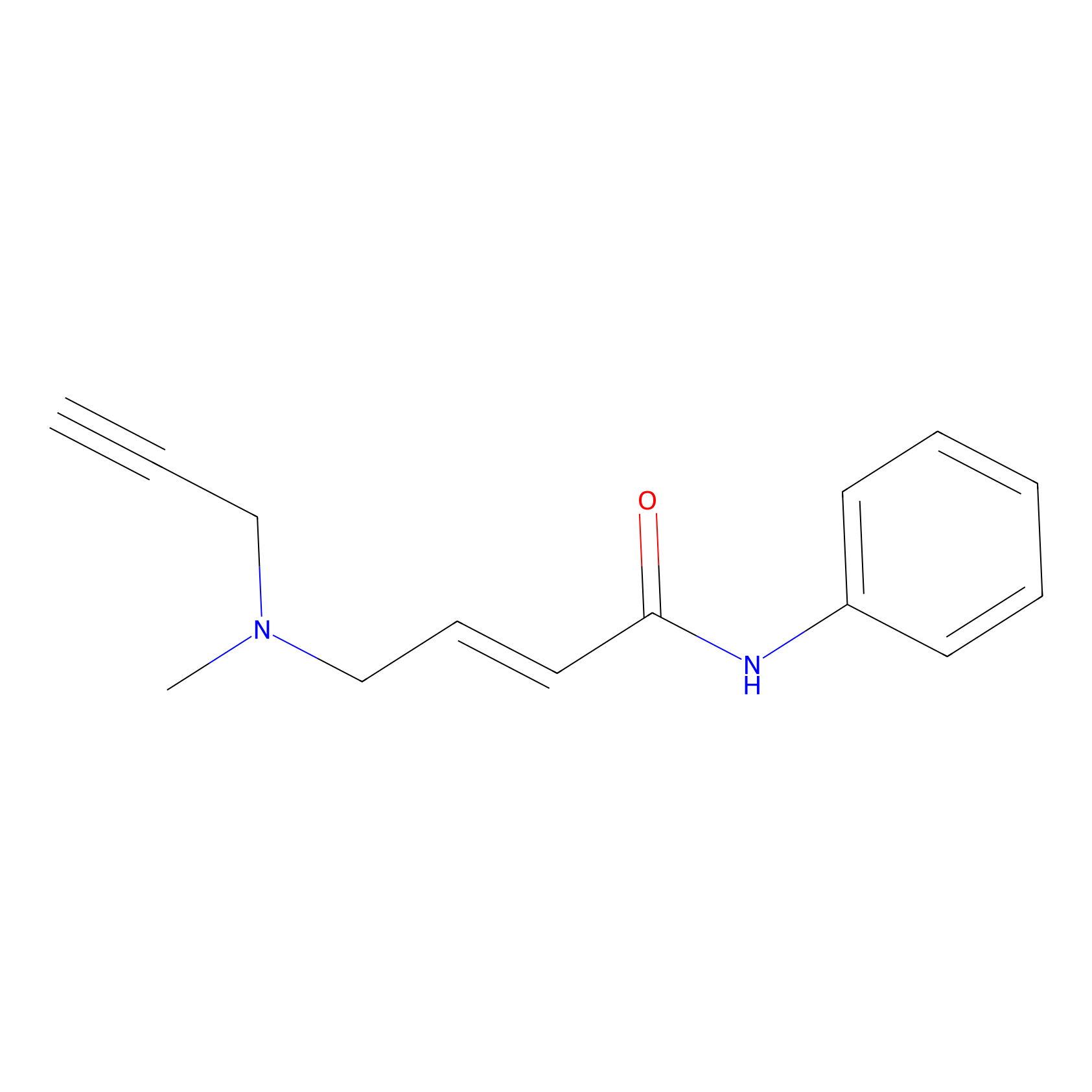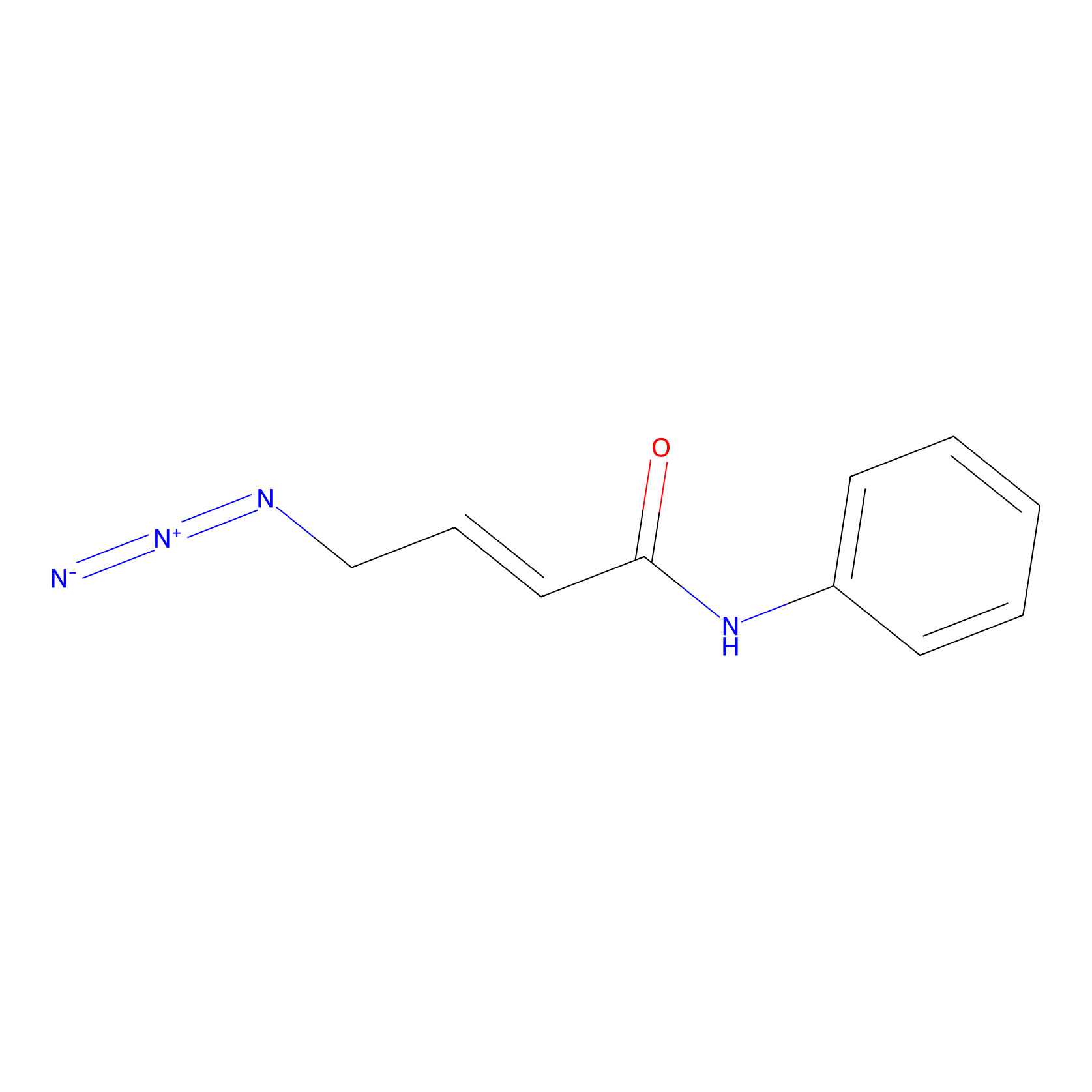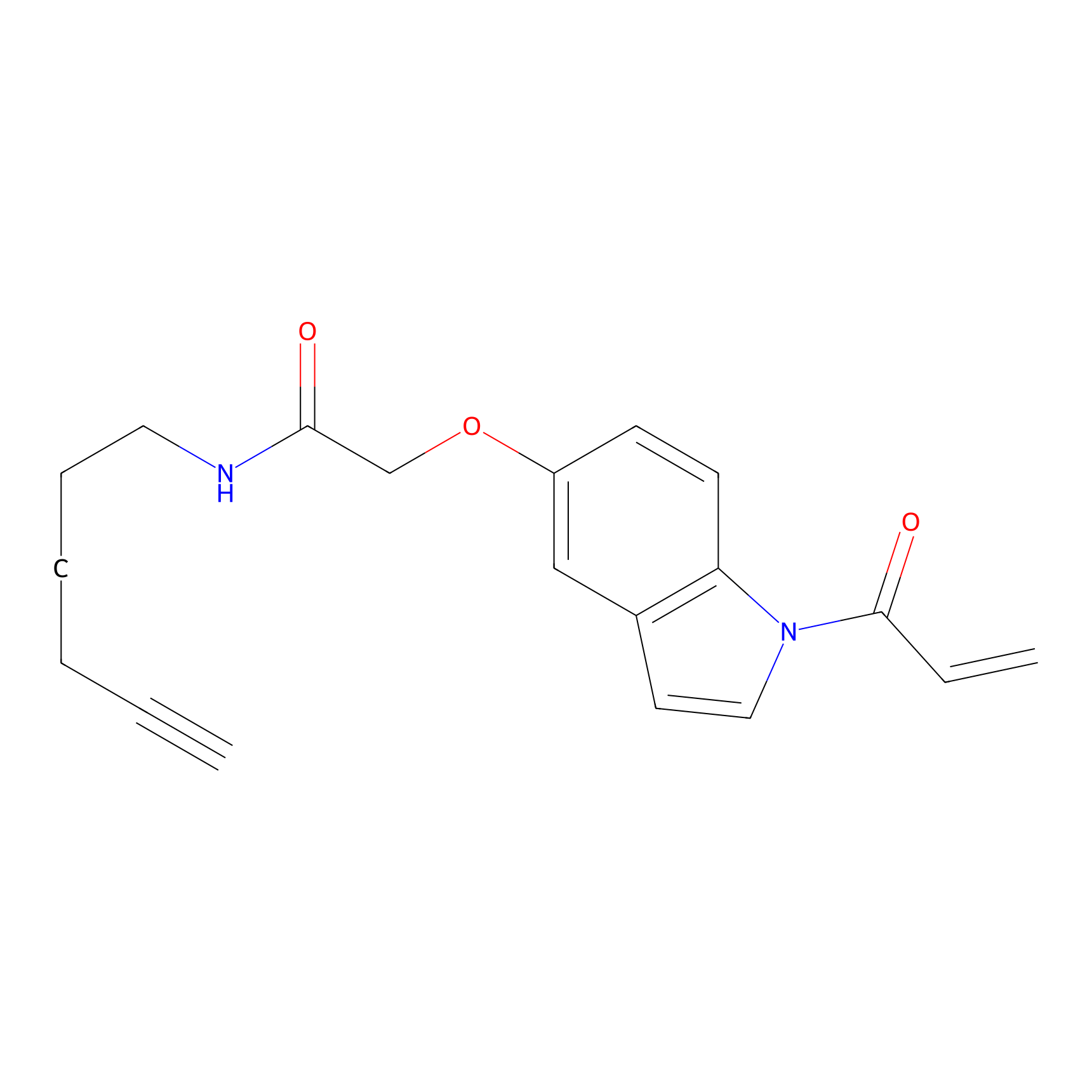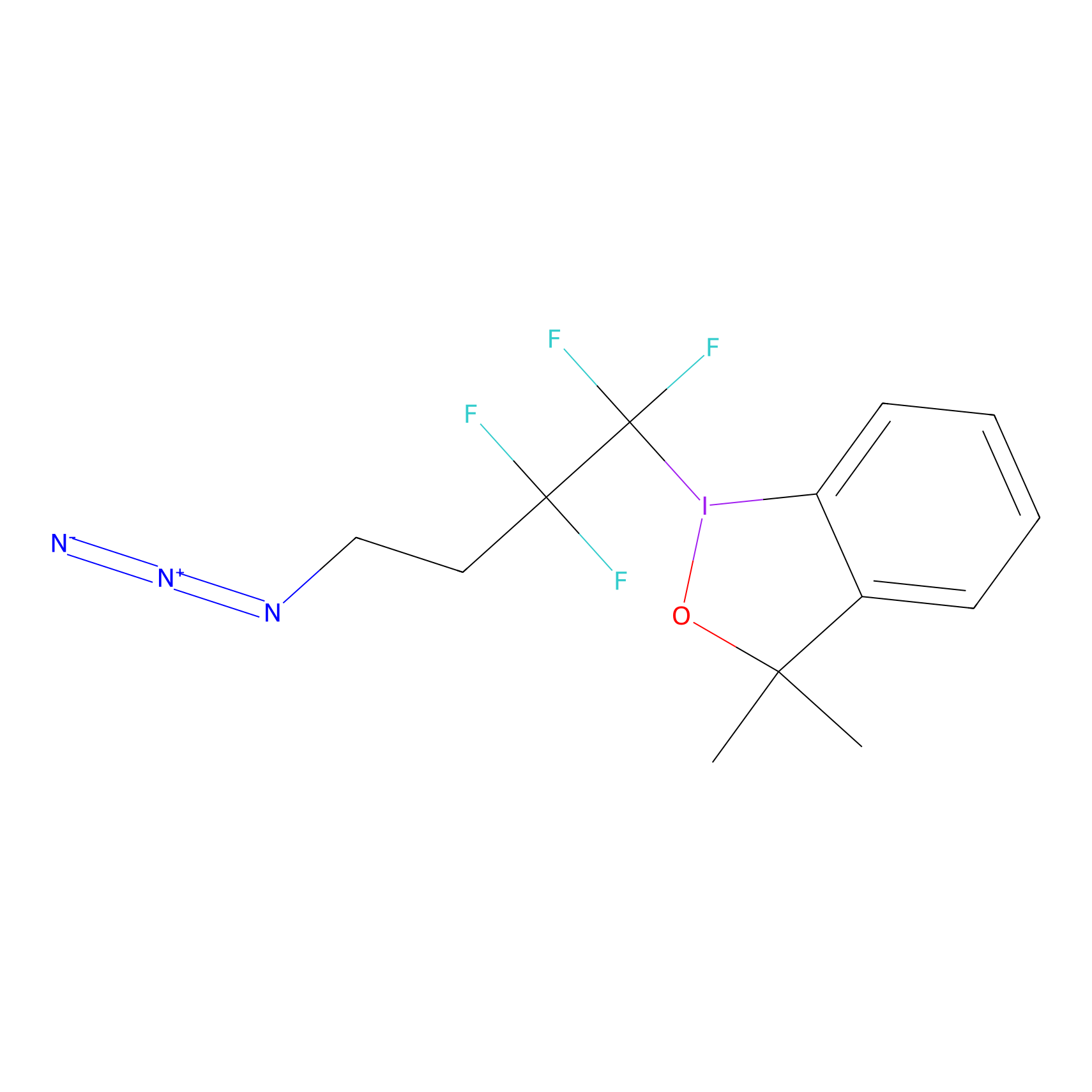Details of the Target
General Information of Target
| Target ID | LDTP01993 | |||||
|---|---|---|---|---|---|---|
| Target Name | Muellerian-inhibiting factor (AMH) | |||||
| Gene Name | AMH | |||||
| Gene ID | 268 | |||||
| Synonyms |
MIF; Muellerian-inhibiting factor; Anti-Muellerian hormone; AMH; Muellerian-inhibiting substance; MIS |
|||||
| 3D Structure | ||||||
| Sequence |
MRDLPLTSLALVLSALGALLGTEALRAEEPAVGTSGLIFREDLDWPPGSPQEPLCLVALG
GDSNGSSSPLRVVGALSAYEQAFLGAVQRARWGPRDLATFGVCNTGDRQAALPSLRRLGA WLRDPGGQRLVVLHLEEVTWEPTPSLRFQEPPPGGAGPPELALLVLYPGPGPEVTVTRAG LPGAQSLCPSRDTRYLVLAVDRPAGAWRGSGLALTLQPRGEDSRLSTARLQALLFGDDHR CFTRMTPALLLLPRSEPAPLPAHGQLDTVPFPPPRPSAELEESPPSADPFLETLTRLVRA LRVPPARASAPRLALDPDALAGFPQGLVNLSDPAALERLLDGEEPLLLLLRPTAATTGDP APLHDPTSAPWATALARRVAAELQAAAAELRSLPGLPPATAPLLARLLALCPGGPGGLGD PLRALLLLKALQGLRVEWRGRDPRGPGRAQRSAGATAADGPCALRELSVDLRAERSVLIP ETYQANNCQGVCGWPQSDRNPRYGNHVVLLLKMQVRGAALARPPCCVPTAYAGKLLISLS EERISAHHVPNMVATECGCR |
|||||
| Target Bioclass |
Other
|
|||||
| Family |
TGF-beta family
|
|||||
| Subcellular location |
Secreted
|
|||||
| Function |
Plays an important role in several reproductive functions. Induces Muellerian duct regression during male fetal sexual differentiation. Also plays a role in Leydig cell differentiation and function. In female acts as a negative regulator of the primordial to primary follicle transition and decreases FSH sensitivity of growing follicles. AMH signals by binding to a specific type-II receptor, AMHR2, that heterodimerizes with type-I receptors (ACVR1 and BMPR1A), and recruiting SMAD proteins that are translocated to the nucleus to regulate target gene expression.
|
|||||
| Uniprot ID | ||||||
| Ensemble ID | ||||||
| HGNC ID | ||||||
Probe(s) Labeling This Target
ABPP Probe
| Probe name | Structure | Binding Site(Ratio) | Interaction ID | Ref | |
|---|---|---|---|---|---|
|
P1 Probe Info |
 |
10.00 | LDD0452 | [1] | |
|
P8 Probe Info |
 |
10.00 | LDD0451 | [1] | |
|
DBIA Probe Info |
 |
C411(0.98) | LDD3395 | [2] | |
|
NAIA_5 Probe Info |
 |
N.A. | LDD2224 | [3] | |
|
TFBX Probe Info |
 |
N.A. | LDD0148 | [4] | |
Competitor(s) Related to This Target
References
